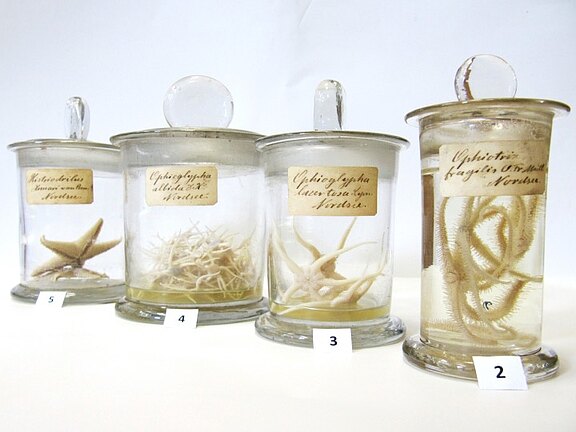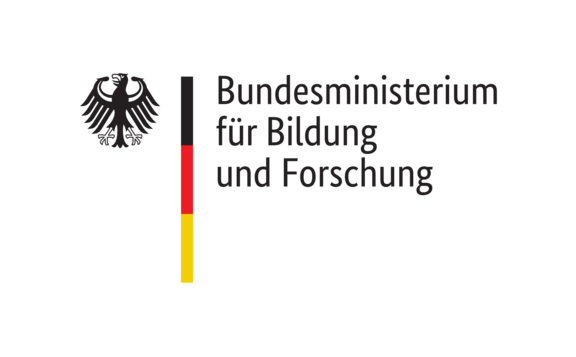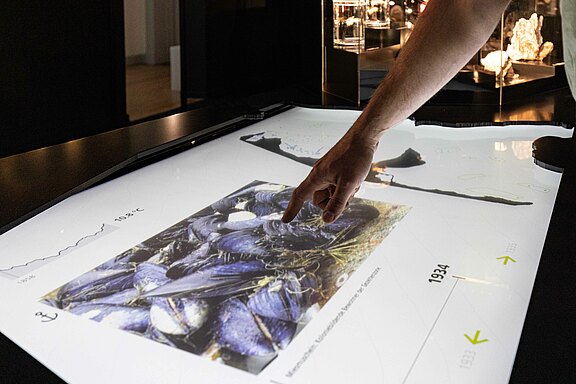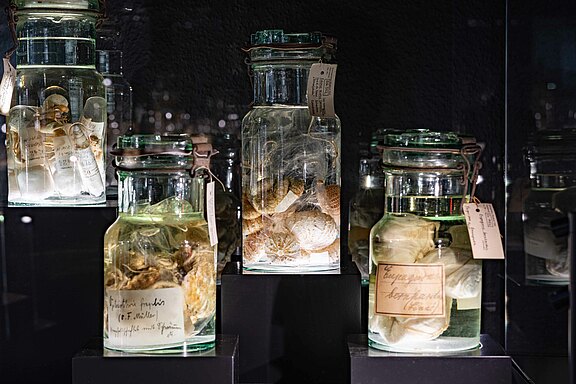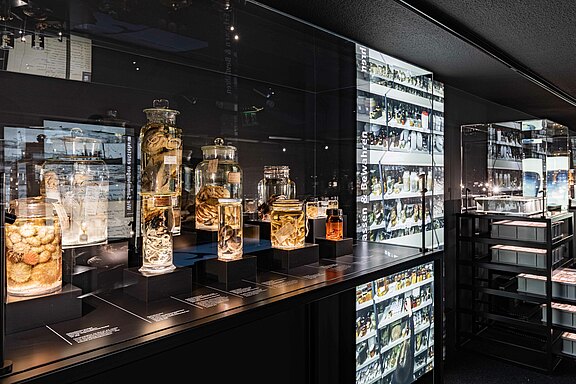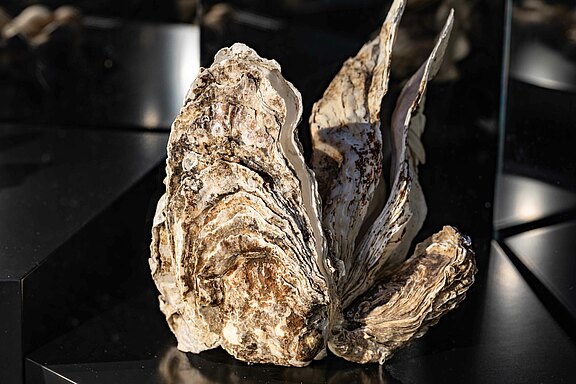MARSAMM
Historical collections of marine organisms ñ a window into the beginnings of global change in the North and Baltic SeaThe aim of this joint venture is to document the faunal changes in the North and Baltic Sea since the mid-19th century. The basis for this project is an especially valuable collection of marine organisms from the Zoological Museum of the Christian-Albrechts-University Kiel (CAU), augmented by material from the Senckenberg Institute and the Naturmuseum Frankfurt, as well as from smaller collections, provided by several NORe member museums.
Topics of interest are changes in habitat areas, the onset of invasive processes and diversity decline and their connection to climate change and globalization. Furthermore, selected epibenthic taxa will be analyzed at morphological and molecular level via non-invasive techniques (CT, MRT) and Ancient DNA methods. One of the most crucial questions is: did population genetical differentiations or functional adaptations happen in the North and Baltic Sea, for example in invasive species? Documentation of the collections is done via a digital portal developed on the basis of the Senckenberg collection management software AQUILA.
This interdisciplinary approach, combining documentation and innovative collection development, will provide a unique database that documents historical changes in marine ecosystems caused by natural and anthropogenic influence ñ an important contribution to the development of protection measures for marine ecosystems.
The project is supported by the BMBF within the framework of the initiative "Vernetzen - Erschließen - Erforschen. Allianz für universitäre Sammlungen".
Permanent exhibition | Collections - Archives of life
At the end of the project, a permanent exhibition was established, which can be visited at the Zoological Museum Kiel. Under the title “Collections - Archives of Life (Documenting - Investigating - Preserving Diversity)”, visitors can experience the results of modern collection research with the help of valuable original objects and newly developed digital presentations. The focus is on the preservation of collections and the consequences of the rapidly changing environment.

